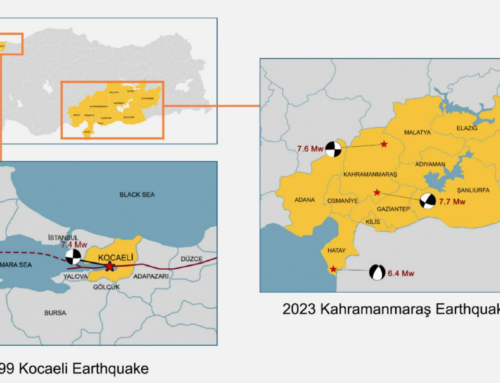Marija Bockarjova, University of Twente
As we are progressing in the journey of a PARATUS project, looking into past disasters and considering potential future ones, unraveling their root causes and building on resilient future societies, some thoughts are inevitably crossing my mind. Ok, so what does a disaster cost? Well, it depends… that’s what an economist may very well answer (a ‘standard’ answer from an economist) and if an economist has a number, what would that number tell..? So why should we know what a disaster costs?
Being the disaster studies for a while, the WHY part may seem almost trivial. Multiple options pop up in an expert mind, ranging from obvious recovery planning and resource allocation, risk management and long-term economic planning to insurance payments, public accountability and public awareness building on the future preparedness and resilience. Fair enough. An economist may use good data, build an advanced model, use fancy statistics and powerful servers and estimate losses throughout an economy. Not an easy catch, even now in the age of machine learning and AI – someone should guide and learn the machines first. An economist would be happy to share the estimates with the rest of the world, who is desperate for numbers… and then one number does not look like a good a deal – it will not suit all sizes and will not cover the needs of diverse stakeholders. Having a range provides leverage for one and ambiguity for another. Having a toolbox or a dashboard – obviously not unpopular these days – requires skill and deeper understanding for proper use. So we have a dilemma… and it’s not about the WHY, but rather about the WHAT: how can we understand WHAT a disaster costs? In my view, this WHAT cross-cuts diverse layers and scales, and goes far beyond the numbers into the heart of the issue, while not obsoleting the numbers. Let me explain.
At the heart of disaster are individuals grappling with loss, trauma, devastation and uncertainty. Emotional, physical, social, financial wounds run deep, requiring support systems and counseling services to navigate the journey towards healing on different accounts. Financial and emotional burden of recovery– with or without public arrangements – lies majorly within households as families face the daunting task of rebuilding homes, livelihoods, and social spaces. Access to financial assistance, insurance claims, and housing support programs becomes a lifeline for those striving to rebuild amid an adversity. But not all households in all countries around the globe can claim and receive such support. Another layer is communities which harness the societal power to rebuild what was lost. From restoring critical infrastructure to fostering social cohesion, recovery efforts are a testament to the strength of collective action. Community-led initiatives, volunteer groups, and local leadership play pivotal roles in weaving the fabric of communal recovery. Economic revival becomes a shared endeavor, with initiatives aimed at revitalizing local economic activity, rebuilding businesses, and finding new opportunities and meanings.
Further, recovery takes shape through governments at various levels and other relevant stakeholders in coordinated planning and collaboration. Governments and stakeholders join forces to chart a course towards future resilience, engaging into higher-level causes such as infrastructure investments, economic diversification, and sustainable development. At the national level, governments assume a central role in steering efforts towards immediate and long-tern recovery with an eye on societal prosperity. Policy frameworks, legislation, and governance structures provide the scaffolding for comprehensive recovery plans. Investments in disaster risk reduction and preparedness are meant to bolster national resilience, mitigating the impact of future disasters. International assistance becomes a lifeline in times of crisis, fostering solidarity and collaboration on a global scale.
As much as I admire numbers and quantifications, a mere number at any of these levels in the middle of a crisis would probably be mostly useless. However, deep understanding of the processes, causes and conditions will serve a great service when faced with an adversity. The journey of recovery is a testament to the resilience of the human spirit. It is a journey marked by joint purpose, collaboration, setbacks and even compounding adversities, and surely by an unwavering commitment to recover and stand strong. As communities rally together and individuals find strength in solidarity, the journey towards recovery becomes a beacon of hope for a brighter tomorrow. Let’s beware about the WHYs and the WHATs, and be both diligent and caring. I believe it can just make a difference in the face of any adversity.






